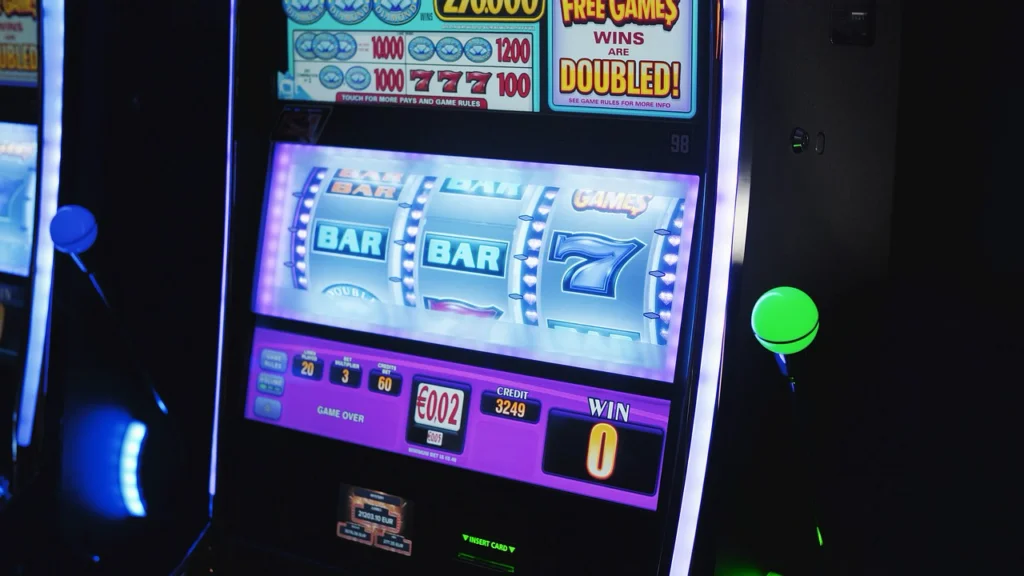As an iGaming developer, it seemed a little strange that other developers gave some titles higher volatility than others. What’s even the point of creating high-volatility titles that are too unpredictable or extremely low-volatility titles that are boring?
Well, through research and experience, the answer becomes clear. Let’s dive right into it and take a look at why developers give some titles higher volatility than others.

Player Preferences and Engagement
In my experience, user preferences play a significant role in determining the volatility of a pokie game. Some users are thrill-seekers, drawn to the adrenaline rush of chasing substantial jackpots. High volatility titles are usually the perfect match for these users – they are willing to endure longer periods without wins for the chance to land a big payout.
On the other hand, casual users or those who are on a budget often prefer low-volatility titles. These titles provide steady, smaller wins, which keep the gameplay exciting without the stress of waiting for a rare big win.
Different people prefer different titles, and having more choice and variety is always going to be appreciated by users.
Game Theme and Storyline
Another factor that I believe influences volatility decisions is the theme and storyline of the game. High-volatility titles often feature adventurous or high-stakes themes, such as treasure hunts, epic battles, or mythical quests. These themes align well with the high-risk, high-reward nature of volatile titles.
In contrast, low volatility titles are usually designed around more relaxed and light-hearted themes, such as farm life, simple puzzles, or classic fruit symbols.
Medium volatility titles offer the best of both worlds. It can be a bit of a struggle to find out where to play best medium volatility slots as most pokie developers tend to lean into the extremes to excite certain types of users, but most casinos do have a moderate number of medium volatility titles for users who want a balanced experience.
The consistency in theme and gameplay experience can help maintain user immersion and satisfaction, and it’s something most developers consider when designing a pokie.
Market Demand and Trends
It’s a given that developers take into account current market demand and trends. The gambling industry is ever-evolving, with trends shifting based on user feedback and technological advancements.
For instance, if there is a surge in popularity for high-risk, high-reward titles, developers may respond by creating more high-volatility titles to meet this demand. On the flip side, if users lean towards titles that offer steady entertainment and lower risk, developers might focus on producing low-volatility titles.
While I can’t speak for every developer, trends and current market demands are something I always factor in when designing a pokie. The iGaming industry experiences 5.05% growth annually – it’s one of the most competitive industries out there. Standing out from the crowd requires keeping a close eye on trends and adjusting accordingly.
Mathematical Modelling
The mathematical aspect of game design cannot be overlooked when discussing volatility. To avoid having to study maths for 20 years, us developers use complex algorithms and statistical models to determine the payout structure of a pokie game.
High volatility titles typically have a higher maximum payout but lower hit frequency, while low volatility titles have a higher hit frequency but lower maximum payout.
Balancing these factors is incredibly important – it ensures the game is both exciting and fair. In my view, achieving this balance requires a deep understanding of probability, user psychology, and game mechanics.
Catering to Diverse Audiences
One key reason developers offer a range of volatility levels is to cater to diverse audiences. Not all users are the same, and offering a variety of experiences ensures that there is something for everyone. Here’s a quick overview of why different users might prefer different volatility levels:
High Volatility
- Appeals to high rollers and thrill-seekers.
- Attracts users looking for big wins and willing to take significant risks.
- Suits users with larger bankrolls who can withstand longer losing streaks.
Low Volatility
- Ideal for casual users and beginners.
- Provides more consistent wins, keeping the gameplay engaging.
- Suitable for users with smaller budgets who prefer a steady gambling experience.
Strategic Design Choices
Finally, I find that developers make strategic design choices based on the overall vision for the pokie. High volatility titles might be used to create flagship titles that draw attention and generate buzz in the market. These titles often come with elaborate graphics, engaging storylines, and innovative features to enhance the thrill.
Low-volatility titles, on the other hand, might be designed to build a loyal player base that enjoys frequent play sessions. These titles can be simpler, yet offer a reliable source of entertainment.
I hope that I have been able to give you a better insight into why developers give some titles higher volatility than others. It all boils down to giving players more choices as well as matching the volatility to the style of the pokie. Of course, there are instances where a pokie’s volatility may seem off – we all make mistakes.
However, in general, developers usually put a lot of thought into how much volatility a pokie should have. See you next time.
